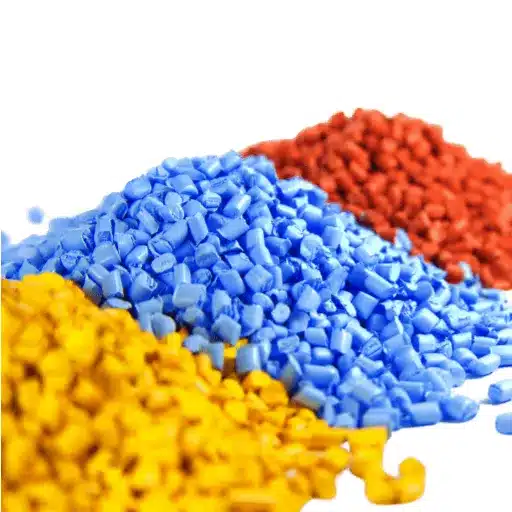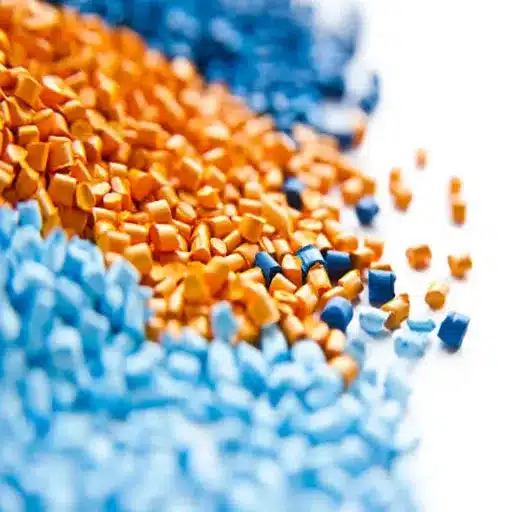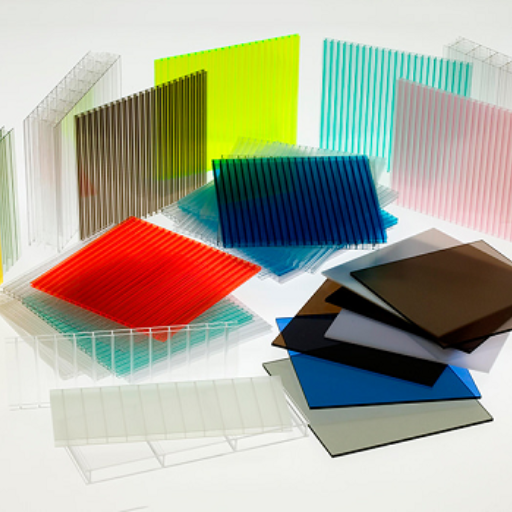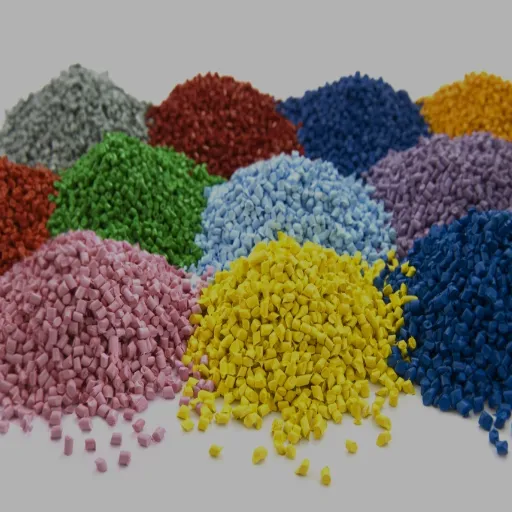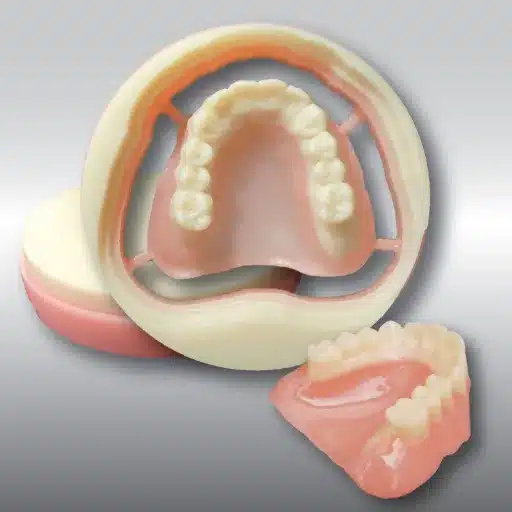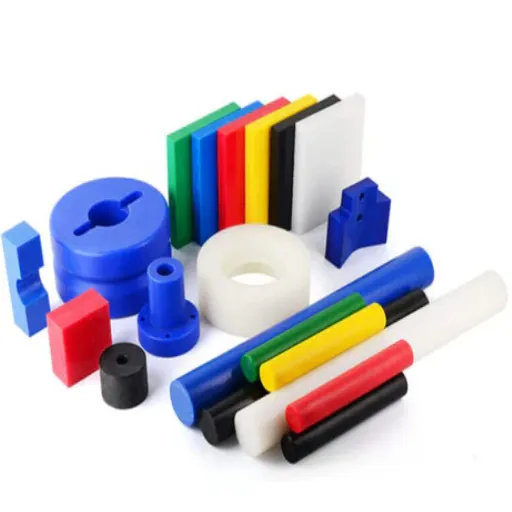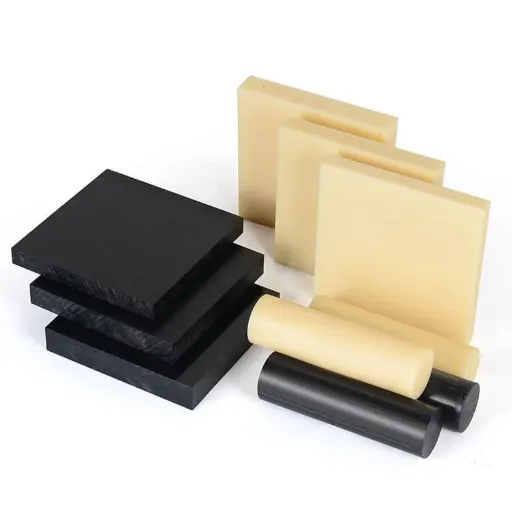Acrylonitrile Butadiene Styrene is commonly called ABS plastic and is considered one of the most widely used and versatile thermoplastics in modern manufacturing. Known for its resilience, impact strength, and facility to adapt, ABS plastic is found everywhere in life, from automotive to consumer electronics to household items. Now, what makes ABS so widely used in the industries throughout the world? In this article, we look at some unique properties, advantages, and key uses of ABS plastic to give an overall picture as to why this substance has become part and parcel of innumerable technological advances.
Common Applications of ABS Plastic
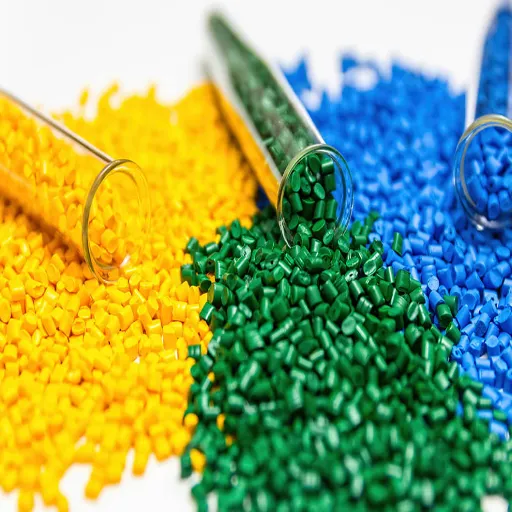
Consumer Products and Household Items
This makes ABS plastic a favorable material in the manufacture of consumer products. Some of the hallmarks of ABS plastic are impact resistance, weather protection, durability, lightweight, and cost-effectiveness. In general, it is applied to produce items of daily use, such as:
- Toys and games – Including LEGO bricks, which benefit from ABS’s strength and precise dimensionality
- Small kitchen appliances – Leveraging durability and moldability
- Protective phone cases – Utilizing impact resistance properties
- Vacuum cleaner parts – Taking advantage of rigidity and flexibility
- Keyboard keys – Benefiting from wear resistance
- Food containers – Using chemical stability under normal conditions
Key Advantage: ABS plastic’s chemical stability under normal usage conditions is another important property and one of the main factors of its popularity as a consumer good. It secures performance over the long haul with very little degradation through time.
Industrial and Automotive Applications
ABS plastics play a crucial role in industrial and automobile applications due to their excellent mechanical properties, impact resistance, and tolerance of high or low temperatures. Below are the main considerations in these industries:
Vehicle Interior Components
ABS plastics are used in the manufacture of dashboards, door panels, and pillars mainly because of its lightness, easy moldability, and durability. ABS can be textured and finished in many ways to give the interior of vehicles an appealing look.
Exterior Automotive Components
ABS plastics tend to be used for parts such as mirror housing, grilles, and wheel covers on account of their weatherproof and UV-resistant properties. These properties lend strength and dependability to exterior parts that are subjected to untoward environmental conditions.
Industrial Equipment Housing
ABS finds application in the manufacturing of protective casings and enclosures for improving safety measures during the operation of machinery and industrial tools. ABS represents a cost-effective solution with superb impact resistance, maintaining the safety of critical components in operation.
3D Printing Filaments
For fume-free and quick prototyping, 3D printers prefer ABS due to its heat resistance and strength, with smooth finishing in the manufacturing industries. This helps in the precise creation of prototypes and custom parts.
Electrical Insulation Components
Due to its great dielectric properties, ABS plastic finds its application in the insulation of wires, circuit boards, and other electrical components. The application of ABS plastic guarantees safety and increases the life span of the working of electronic equipment.
ABS Plastic in Electronics and Appliances
ABS plastic is a good choice for use in the electrical and household appliances industries because it has higher impact resistance than many other plastics, is very durable, and readily moldable. The properties of this material give rise to lightweight components that are otherwise strong enough to be employed in the making of numerous electrical appliances and household items.
- Laptop and Monitor Housings: ABS plastic, fulfilling all the conditions of strength and lightness necessary for laptop and monitor casings, has become the material of preference. It imparts very good shock resistance and an attractive finish, thus contributing to both functionality and good looks.
- Keyboards and Computer Accessories: ABS plastic is used for the manufacture of keyboards, mice, and other computer-related accessories. The plastic can withstand long-term usage and can be easily reinforced or modified to support ergonomic designs.
- Television Frames: ABS plastics contribute to the high dimensional stability of TV frames, and that quality is coupled with ease of molding or shaping. Because ABS plastic is nonconductive, it provides another level of safety to the housings of electronic devices.
- Refrigerator Liners: ABS plastic is increasingly chosen as a lining material for the interior of refrigerators, bearing in mind its ability to resist low temperatures and still maintain its integrity with time.
- Vacuum Cleaner Components: Outer bodies, handles, and attachments for vacuum cleaners are made using ABS plastic, which is light in weight and cost-effective.
Specialized Applications and Advancements

3D Printing and Prototyping with ABS
There is an extensive list of material properties and, therefore, adaptability that makes Acrylonitrile Butadiene Styrene one of the most widely used thermoplastics in 3D printing and prototyping. In particular, ABS is highly prized for its impact resistance and ability to stand up to mechanical stress, yielding good-quality prototypes and actual functional parts.
The common extrusion processes used in this category are FDM, wherein ABS filaments are melted and deposited in layers. In 3D printing, ABS stands out for holding a geometry with high precision and strength. Applications that require mechanical strength and flexibility include automotive parts, consumer products, and industrial tools.
Advanced Techniques: It has many newer applications, like using ABS with other reinforced material filaments, such as carbon fiber or glass fiber, to further improve mechanical properties. Acetone smoothing as a surface finishing treatment for ABS-printed parts also improves its shine and seals the surface without loss in strength.
Innovative Uses in Aerospace and Medical Fields
ABS continues to find huge applications in the aerospace and medical fields due to its versatility. Some prominent innovative uses in these fields are:
Aerospace Applications
- Lightweight Aerospace Interiors: ABS is usually used for the fabrication of lightweight interior components of aircraft, such as seat frames, overhead bins, and cabin paneling. Its high strength-to-weight ratio ensures structural integrity and also helps fuel efficiency in aviation. Some studies indicate that ABS can result in a 20% decrease in the weight of interior parts when it replaces traditional materials.
- 3D-Printed Prototypes for Aircraft Testing: Aerospace engineers use ABS in rapid prototyping of aerodynamic components. It is easy to print and machine, allowing the production of highly detailed scale models for wind tunnel testing, thus reducing design iterations by as much as 50%.
Medical Applications
- Customizable Prosthetics in Healthcare: ABS is also used extensively in prosthetics, having properties such as impact resistance and yielding of complex shapes. Combined with 3D printing, it makes it possible to create lightweight and patient-specific prosthetics, thereby offering higher levels of comfort and functionality.
- Surgical Training Models: Increasingly, the demand for realistic simulation tools for surgical training is rising. ABS is used for creating surgical models using 3D printers that emulate the texture and rigidity of human anatomy for improved and accurate surgical practice.
- Medical Device Housings: The ABS material is suitable for manufacturing housings for medical apparatus like monitors, ventilators, and diagnostic instruments, owing to its strength and chemical resistance. Its biocompatibility and sterilization features allow it to be safely used in clinical environments.
Benefits of Using ABS Plastic
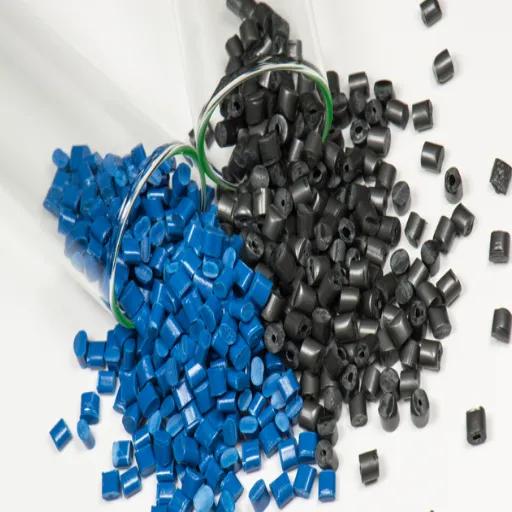
Cost-Effectiveness and Availability
Cost-effective ABS plastics are considered an appropriate solution for industries requiring durability with affordability. In comparison with other polymers, ABS offers reasonably good impact resistance and strength at a cheaper cost factor very needed for mass production. This cost-effectiveness is owing to highly optimized advancement of processes and the availability of raw materials needed for the ABS synthesis, which include acrylonitrile, butadiene, and styrene monomers.
The global production capacities for ABS plastic make it available in many markets. The Asia-Pacific region has evolved into one of the biggest manufacturing centers for ABS, particularly in countries like China and South Korea, given lower labor costs, technological setup, and assured supplies of raw materials. This strong supply chain reduces lead times for production, and manufacturers are able to meet growing industrial and end-user demands, both with no considerable delays or shortages.
Durability and Impact Resistance
ABS is commonly touted for its durability and longer life; hence, it is used for applications involving prolonged performance under stress. Due to its unique chemical composition, it brings together the strength of the Acrylonitrile, rigidity of the Styrene, and impact resistance of the Butadiene. Thus, these properties make the ABS capable of enduring high mechanical action so that it rarely cracks or deforms, or otherwise deteriorates through usage in unfavorable conditions.
Technical Insight: Certain molecular structures generated during polymerization can further increase the material’s resistance against impacts. Rubber particles in a butadiene suspension inside the ABS matrix dissipate energy upon impact to limit damage to the product and preserve its structural integrity.
Versatility in Design and Manufacturing
Materials like Acrylonitrile Butadiene Styrene (ABS) are indeed versatile, and their characteristic variability makes them vital in design and manufacturing today. The material must hold the strength and properties required for a particular application while being easy to shape into elaborate structures that manufacturers can capitalize on in the design of the product for function and aesthetics.
ABS can be given various surface finishes, such as:
- Metallization
- Painting
- Electroplating
Disadvantages of ABS Plastic
Environmental Concerns and Sustainability Issues
ABS plastics, however versatile and widely used, do represent a serious environmental issue, stemming primarily from being petroleum-based. The manufacturer ABS uses fossil fuel as a feedstock-that is, raw materials that are considered a limited resource and are emitted into the environment as carbon pollutants during the extraction and processing of the raw materials.
The other major issue during the end-of-life phase for ABS products is related to ABS itself. ABS plastic is non-biodegradable and can accumulate for centuries when dumped in landfills, thus exacerbating the already heinous issue of plastic waste. However, recycling of ABS is hard because of the specialized requirements needed to process it with minimum degradation to the physical properties of the material.
Limitations in Specific Applications
Despite being useful and versatile, ABS (Acrylonitrile Butadiene Styrene) has a few disadvantages in specific use cases. Some major limitations are:
- Heat Resistance: It has a low heat deflection temperature somewhere between 85°C and 100°C (185°F to 212°F), dependent on grade. Due to this, it cannot be used for high-temperature applications, like in automotive engine parts or in appliances that undergo prolonged heat exposure.
- UV Degradation: Prolonged exposure to direct UV rays causes ABS to slowly degrade, resulting in discoloration, brittleness, and strength deterioration. Therefore, it cannot be used for long-term outdoor applications unless it is either treated with UV stabilizers or coated with extra layers for protection.
- Chemical Resistance to Certain Substances: While ABS resists many acids and alkalis, and oils, it is susceptible to attack from certain solvents such as acetone or ethyl acetate. Such solvents can soften or dissolve it, making ABS an unsuitable choice for applications where it comes in contact with persistent exposure to acute solvents.
- Environmental Impact: ABS is a non-biodegradable thermoplastic, and its raw materials are gemstones of petroleum. The production and dumping of ABS create environmental problems. These problems include greenhouse gas emissions and the accumulation of plastic waste.
- Impact Resistance at Low Temperatures: While ABS retains its impact strength at ambient temperature, under low-temperature conditions, it becomes significantly less tough. Below the freezing point, it grows brittle, therefore exhibits an increase in cracking or failure in response to stress.
Comparison with Other Plastics
It is one plastic that is distinct from the others, like Acrylic, Polycarbonate, and Polypropylene, in terms of properties such as impact resistance, heat resistance, UV stability, and cost-effectiveness.
| Attribute | ABS | Acrylic | Polycarbonate | Polypropylene |
|---|---|---|---|---|
| Strength | High | Low | Very High | Moderate |
| Heat Tolerance | Moderate | Low | High | Moderate |
| UV Resistance | Low | High | Moderate | Low |
| Affordability | Moderate | Low | High | Low |
| Longevity | High | Moderate | Very High | Moderate |
| Flexibility | Moderate | Low | High | High |
| Eco-Friendliness | Low | Moderate | Low | High |
Environmental Impact and Sustainability of ABS Plastic
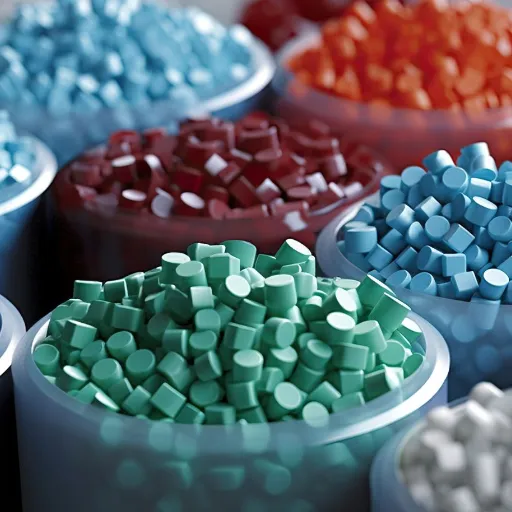
Recyclability of ABS Plastic
ABS plastics have been highly sought after across a spectrum of uses due to their extreme strength, durability, and versatility in terms of applications. But its recyclability should still be cautiously evaluated. ABS constitutes a thermoplastic; hence, it can be melted or worked a number of times without undergoing significant changes to its properties. That inherently makes it more recyclable than thermosetting plastics, which cannot be remelted.
Industrial-scale ABS recycling involves mechanical means: from shredding and washing to granulating, and the material is thereafter reprocessed into pellets that can then be used for making new ABS products. This said, factors such as contamination by other materials, difficulties in waste collection, and limited infrastructure for post-consumer recycling hamper its recycling.
Environmental Benefit: Recent industry reports note that recycled ABS may result in energy savings of up to 50% as compared to virgin resin production.
Current Sustainability Practices in ABS Production
At present, sustainability practices for ABS production largely focus on environmental management by way of energy efficiency, resource optimization, and inventive chemical processes. Key practices include:
- Closed-loop systems: To contain the discharge of materials as wastage and minimize energy consumption during processing stages
- Renewable energy sources: Using solar or wind energy to reduce the carbon footprint of ABS synthesis
- Bio-feedstocks: Starting to use bio-feedstocks as precursors for ABS reaction to replace petroleum feedstocks
- Advanced catalytic techniques: Maximizing yields and process efficiencies with minimal byproduct formation
Future Directions for Sustainable Plastic Solutions
Above all, it is clear that shortly, cutting-edge technologies and circular economy principles will have to be integrated for sustainable plastic solutions. Research on bio-based polymers such as PLA and PHA is rapidly developing to offer alternatives to fossil-fuel-based plastics. These materials are intended to be biodegradable or compostable under certain conditions, which would lessen the environmental impacts generally associated with conventional plastic.
Key future developments include:
- Enzymatic recycling: Custom-produced enzymes to break down complex polymers into monomers with high efficiency and selectivity
- Digital tracking systems: Blockchain and digital tracking systems for waste management to ensure transparency and traceability in recycling streams
- Industry standardization: Helping to tackle the increasing complexities of mixed plastic waste
- Policy initiatives: Extended producer responsibilities and single-use plastic bans are spurring innovation and adoption of greener materials
Frequently Asked Questions (FAQ)
References
- Novel Study on Improvement of Plastics Properties by Blending of Waste Microplastics into ABS Plastics – The discussion below focuses on the amalgamation of waste microplastics with acrylonitrile butadiene styrene (ABS) for the augmentation of its properties.
- The Comparison of the Mechanical Characteristics of ABS Using Three Different Plastic Production Techniques – It examines the mechanical properties of ABS plastic when applied by different manufacturing approaches.
- Towards Sustainable Injection Molding of ABS Plastic Products – The investigation looks into the energy consumption and sustainability of ABS plastic injection molding.







